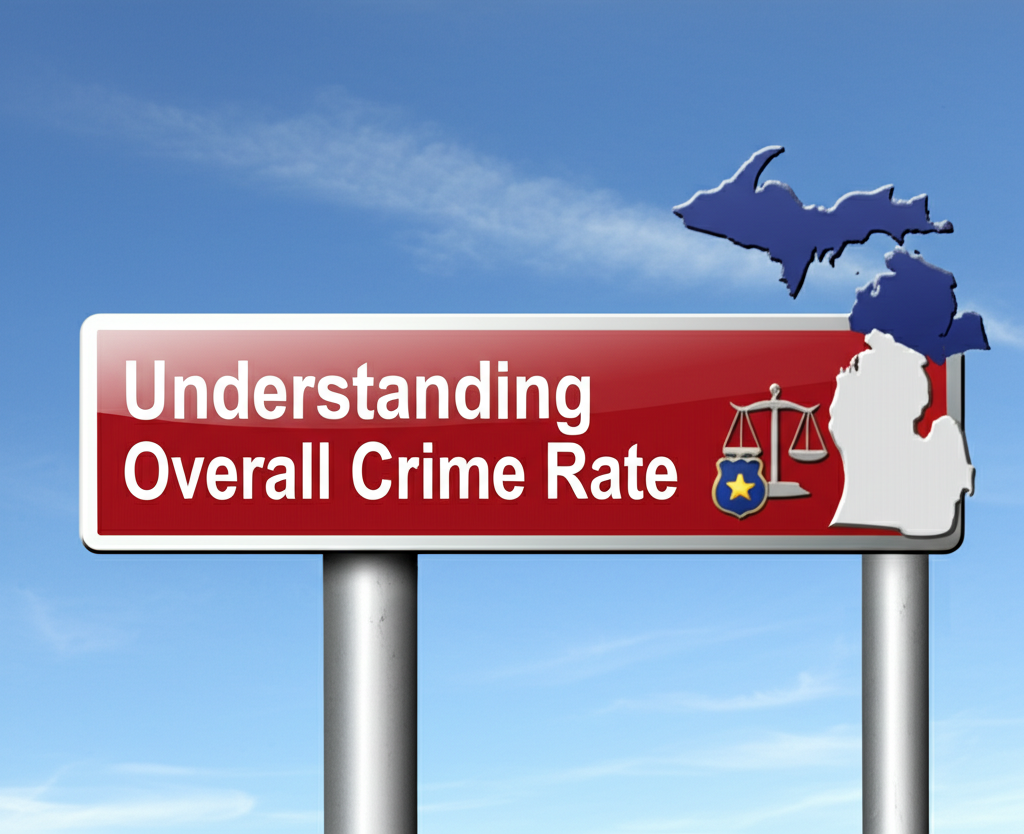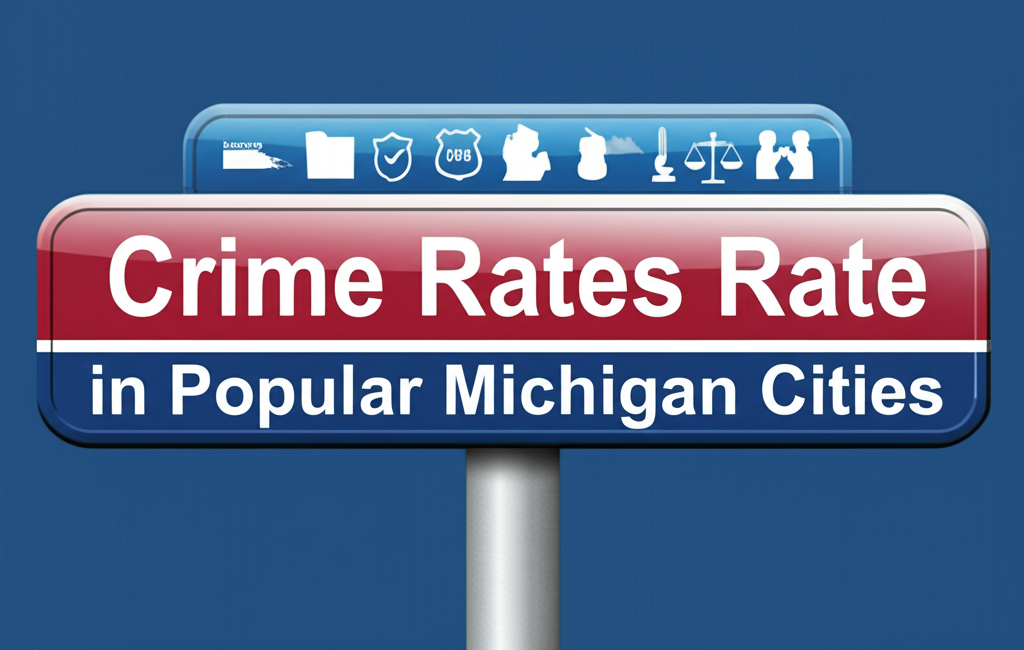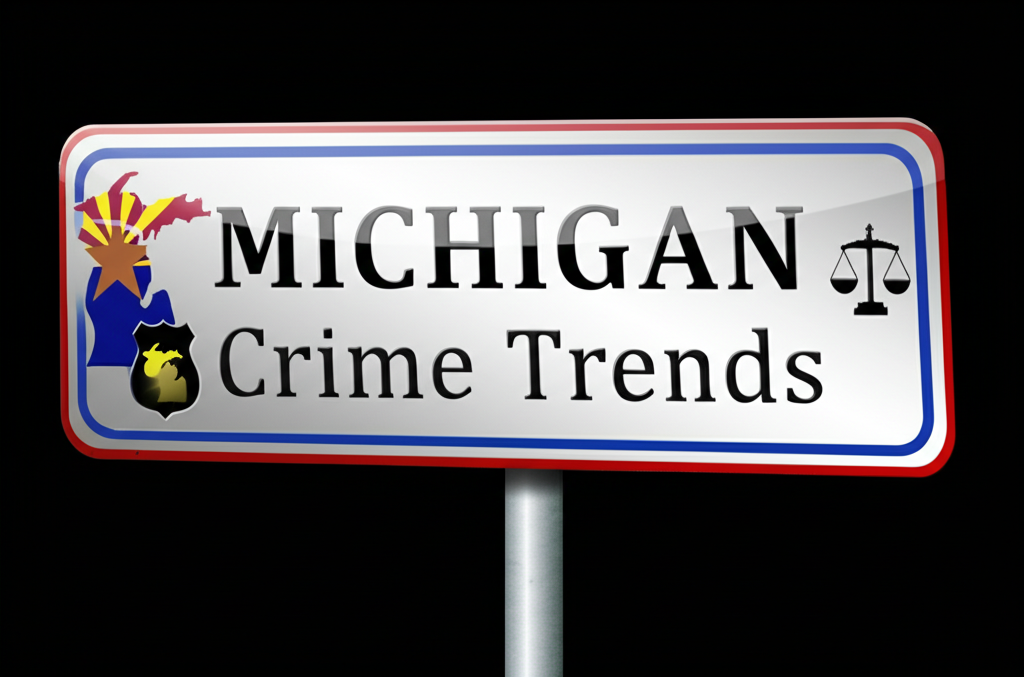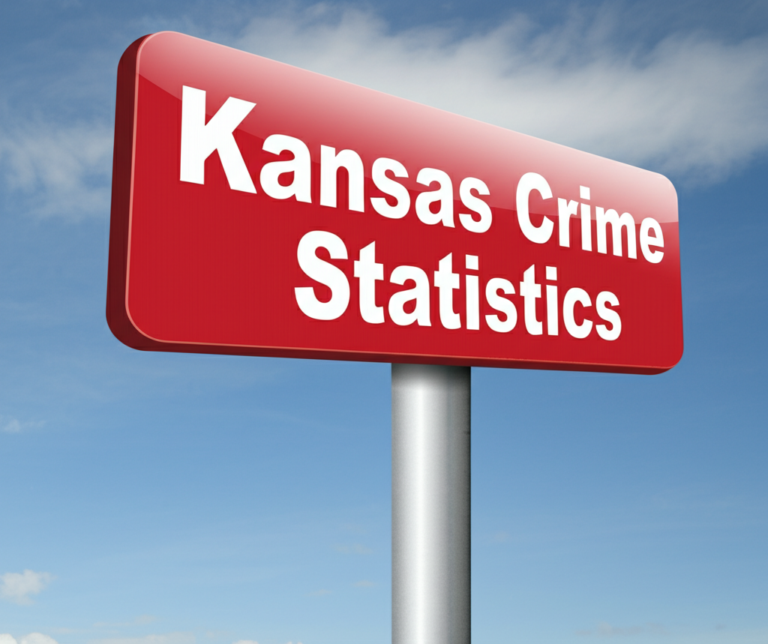Michigan Crime Rate: Trends, Statistics, and Safety Insights
Michigan presents a mixed picture when it comes to crime and public safety. The state’s crime statistics reveal both challenges and successes, with violent crime rates slightly above national averages while property crimes remain lower than most states. Understanding these patterns helps residents and visitors make informed decisions about safety across different regions.

Urban areas like Detroit face significant crime challenges, contributing to Michigan’s elevated violent crime rate of 4.57 incidents per 1,000 residents. However, many suburban and rural communities maintain much safer conditions, demonstrating how geography dramatically affects risk levels. The state’s property crime situation appears more favorable, with rates well below national medians for burglary and theft.
Michigan’s crime landscape reflects its unique blend of major industrial cities, sprawling suburbs, and vast rural areas. This diversity creates varied safety profiles that require different approaches to crime prevention and community safety initiatives.
Understanding Michigan’s Overall Crime Rate
Michigan’s crime rate presents a complex picture when examined through the lens of statistics and data. With 201,122 total crimes reported in 2023, the state shows both concerning trends and positive developments compared to the broader Society of the United States. The overall rate of 20.04 crimes per 1,000 residents reflects Michigan’s unique position between safer rural states and more dangerous urban centers.

Breaking down the numbers reveals important patterns. While violent crimes occur at slightly higher rates than national averages, property crimes remain below median levels. This suggests Michigan faces particular challenges with interpersonal violence but manages property-related offenses relatively well. The concentration of crime in urban areas like Detroit skews statewide averages, while many communities experience significantly lower risks.
Understanding these statistics helps residents contextualize safety concerns and recognize that crime impacts different regions unevenly across the state.
- Total crimes reported: 201,122
- Crime rate per 1,000 residents: 20.04
| Category | Michigan Rate | National Median |
|---|---|---|
| Overall Crime Rate | 20.04 | 19.0 |
| Violent Crime Rate | 4.57 | 4.0 |
| Property Crime Rate | 15.47 | 19.0 |
Violent Crime in Michigan: A Detailed Breakdown
Michigan’s violent crime statistics reveal important patterns about public safety across the state. According to FBI data, the state reported 35,687 assault cases in 2023 – the most common violent offense at a rate of 3.56 per 1,000 residents. More serious crimes like murder (591 cases) and robbery (3,701 cases) occur less frequently but still contribute to Michigan’s above-average violent crime rate.

Under criminal law classifications, these violent offenses show concerning trends when compared nationally. While murder rates match the U.S. average at 0.06 per 1,000, sexual assaults occur more frequently in Michigan (0.59) than nationally (0.38). The concentrated nature of these crimes in urban areas means residents face a 1 in 219 chance of violent crime victimization statewide, though risks vary significantly by location.
Aggravated assaults drive Michigan’s higher violent crime numbers, occurring at rates substantially above national averages. This pattern suggests the state faces particular challenges with interpersonal violence that require targeted solutions beyond standard law enforcement approaches.
- Chances of becoming a victim of violent crime: 1 in 219
| Crime Type | Michigan Incidents | Rate per 1,000 |
|---|---|---|
| Murder | 591 | 0.06 |
| Rape | 5,909 | 0.59 |
| Robbery | 3,701 | 0.37 |
| Assault | 35,687 | 3.56 |
Property Crime Statistics in Michigan
Michigan’s property crime situation shows some positive trends compared to national figures. The state’s theft rate of 10.60 per 1,000 residents falls significantly below the U.S. average of 13.47, according to property law classifications. Burglary incidents also occur less frequently in Michigan (2.05 per 1,000) than nationally (2.51), offering residents some relief from common property offenses.
While larceny remains the most prevalent property crime with 106,397 reported cases, Michigan’s rates for all property offenses remain below national medians. Residents face a 1 in 65 chance of property crime victimization – better than many states but still requiring vigilance. Motor vehicle thefts show particular improvement at 2.81 per 1,000 compared to the 3.19 national rate.
These statistics suggest Michigan’s property crime prevention strategies are working, though urban areas still experience concentrated problems. The data helps identify where additional resources could make the biggest impact on reducing these offenses further.
- Chances of becoming a victim of property crime: 1 in 65
| Crime Type | Michigan Incidents | Rate per 1,000 |
|---|---|---|
| Burglary | 20,598 | 2.05 |
| Theft | 106,397 | 10.60 |
| Motor Vehicle Theft | 28,239 | 2.81 |
Comparing Michigan Crime Rates to National Averages
Michigan’s crime statistics present a mixed picture when measured against United States averages. The state’s violent crime rate of 4.57 per 1,000 residents exceeds the national security median of 4.0, while property crimes occur at lower rates than most states. These comparisons help contextualize Michigan’s safety profile within broader public services of the United States.
Looking at specific offenses, Michigan’s rape rate (0.59) stands notably higher than the national average (0.38), while robbery rates (0.37) remain lower than the U.S. median (0.67). Property crimes show more positive trends, with burglary (2.05) and motor vehicle theft (2.81) both below national rates. These patterns suggest Michigan faces particular challenges with violent interpersonal crimes despite doing relatively well preventing property offenses.
The state’s crime density of 25 incidents per square mile nearly matches the national median of 26.5, indicating Michigan’s criminal activity spreads similarly across its geography compared to other states. Urban areas drive most of the above-average violent crime statistics, while many communities experience lower risks.
| Category | Michigan Rate | U.S. Median |
|---|---|---|
| Violent Crime | 4.57 | 4.0 |
| Property Crime | 15.47 | 19.0 |
| Crime Density | 25/sq mi | 26.5/sq mi |
Top 10 Safest Cities in Michigan
Michigan boasts numerous communities that excel in public safety, offering residents peace of mind through effective crime prevention strategies. These safest cities demonstrate how addressing social issues and fostering strong community bonds can create remarkably secure environments, even in a state with urban crime challenges.
Topping the list is Alba, followed closely by Amasa and Alden – small towns that maintain virtually crime-free environments through neighborhood watch programs and proactive policing. Communities like Barryton and Bruce Crossing show how rural locations leverage tight-knit relationships to prevent criminal activity. Even larger safe havens like Central Lake and Chassell prove that population size doesn’t necessarily determine safety when proper measures are in place.
These success stories provide valuable models for other Michigan cities struggling with higher crime rates. Their achievements highlight how combining law enforcement, social services, and community engagement creates the most effective safety solutions.
| Rank | City | Region |
|---|---|---|
| 1 | Alba | Northern Michigan |
| 2 | Amasa | Upper Peninsula |
| 3 | Alden | Northern Michigan |
| 4 | Barryton | Central Michigan |
| 5 | Bruce Crossing | Upper Peninsula |
| 6 | Cedar | Northern Michigan |
| 7 | Central Lake | Northern Michigan |
| 8 | Chassell | Upper Peninsula |
| 9 | Chatham | Upper Peninsula |
| 10 | Clarksville | West Michigan |
Crime Rates in Popular Michigan Cities
Michigan’s most populated cities show dramatically different urban crime patterns, with Detroit, Grand Rapids, Ann Arbor, Lansing, and Flint representing distinct safety profiles. According to state data, these urban centers account for much of Michigan’s crime while also demonstrating how localized solutions can make a difference.

Detroit continues to face significant violent crime challenges, particularly with assaults and robberies, though recent improvements show progress. Grand Rapids presents a more balanced picture, with crime rates closer to national averages. Ann Arbor’s college-town environment maintains relatively low violent crime but sees higher property offenses. Lansing and Flint both struggle with above-average violent crime rates that reflect broader economic challenges in these communities.
These variations highlight how Michigan’s urban centers require tailored approaches to public safety, with some cities needing more support to address persistent crime problems.
| City | Violent Crime Rate | Property Crime Rate |
|---|---|---|
| Detroit | 12.4 | 35.2 |
| Grand Rapids | 5.8 | 28.6 |
| Ann Arbor | 3.2 | 22.1 |
| Lansing | 7.1 | 30.4 |
| Flint | 9.3 | 32.8 |
Crime Data Methodology and Sources
Michigan’s crime statistics rely on sophisticated data management systems that compile information from 18,000 local law enforcement techniques agencies nationwide. These comprehensive statistical data sets undergo rigorous analysis to ensure accuracy and comparability across jurisdictions. The process incorporates elements of forensic science to validate and standardize crime reports before inclusion in official statistics.

Each year, the FBI processes millions of crime reports through advanced modeling techniques that account for reporting gaps and inconsistencies. Their system analyzes 9.4 million reported crimes nationwide, including 2 million precise location points, to create reliable data for Michigan and other states. This annual refresh allows for tracking crime trends over time while maintaining data integrity.
The methodology’s strength lies in its ability to overcome reporting variations between agencies, creating apples-to-apples comparisons that help policymakers identify genuine crime patterns rather than reporting anomalies.
- Data sourced from 18,000 local law enforcement agencies
- Annual updates with nationwide meta-analysis
| Data Component | Detail |
|---|---|
| Source Agencies | 18,000 law enforcement |
| Crime Reports Analyzed | 9.4 million |
| Geocoded Points | 2 million |
| Update Cycle | Annual |
Key Insights on Michigan Crime Trends
Examining Michigan’s crime trends through social research and criminology perspectives reveals several important patterns. The state’s violent crime rate of 4.57 per 1,000 residents slightly exceeds the national median, while property crimes occur at lower rates than most states. These statistics reflect complex dynamics in Michigan’s public sphere, where urban challenges coexist with many safe communities.

Looking deeper, sexual assaults emerge as a particular concern at 0.59 per 1,000 – significantly higher than the 0.38 national rate. Meanwhile, theft and burglary rates remain below averages, suggesting Michigan’s property crime prevention strategies work effectively. The concentration of violent crimes in certain urban areas creates misleading statewide averages that don’t reflect conditions in most communities.
These insights help explain why Michigan residents often perceive safety differently than the statistics might suggest. The data underscores the need for targeted solutions that address specific crime patterns rather than one-size-fits-all approaches.
- Michigan’s violent crime rate is slightly higher than the national median
- Property crime rate is lower than the national average
| Crime Category | Michigan Rate | National Median |
|---|---|---|
| Violent Crime | 4.57 | 4.0 |
| Property Crime | 15.47 | 19.0 |
| Rape Rate | 0.59 | 0.38 |
Conclusion
In summary, Michigan’s crime landscape presents a complex mix of challenges and successes. The state’s violent crime rates, including assault and robbery, slightly exceed national averages, highlighting areas for improvement in public safety and law enforcement strategies. Conversely, property crimes such as burglary and theft occur at rates below the national median, showcasing effective crime prevention measures.
The disparities between urban and rural areas underscore the importance of tailored approaches to criminal justice and community safety. By leveraging crime statistics and data analysis, Michigan can continue to address the root causes of crime, enhance public safety, and foster a safer environment for all residents.




